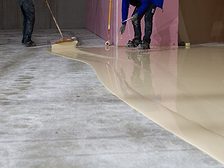Home » Keywords: » polyurea
Items Tagged with 'polyurea'
ARTICLES
How Polyurea-Based Linings Deliver Visual Appeal and Durable Solutions for Man-Made Shorelines
A Residential Lagoon Case Study
Read More
Polyurethane and Polyurea Coatings
A Primer on the Nomenclature, Technology, Properties, and In-Market Use
Read More
Keep the info flowing with our eNewsletters!
Get the latest industry updates tailored your way.
JOIN TODAY!Copyright ©2024. All Rights Reserved BNP Media.
Design, CMS, Hosting & Web Development :: ePublishing










